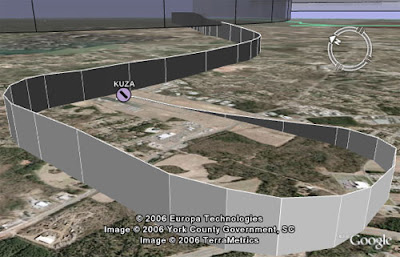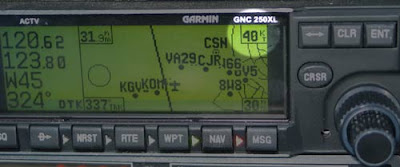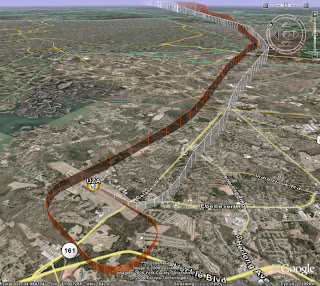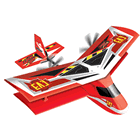Where I went on Christmas vacation…

K and I just got back from a 5 day aerial tour of VA, NC, SC, and GA. After delaying the trip for a few days to wait out some rain clouds - we wanted to go VFR - we were able to take off early Sunday morning (after clearing the wings of a little frost). We couldn’t have had better weather for the 3 hour flight. It was severe clear with just a slight headwind down at 4,500 feet. The iPod was playing Bjork and Zero 7. Norfolk approach started us off with the flight following that had us talking to Raleigh, Washington Center, Greensboro, and finally Charlotte. Being Christmas Eve, many well wishes were, well, “wished” to the controllers by the various pilots, including us. A decent number of airline captains were earning their pay with just a few small general aviation craft on frequency. The lady controller in Charlotte was in such a festive mood she cleared us to transition their Bravo airspace without even being asked – that saved us a few minutes. Krista was left seat on this tr...











